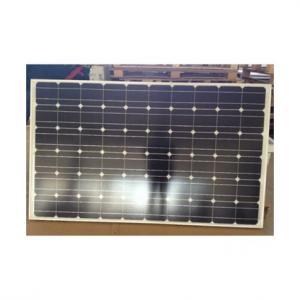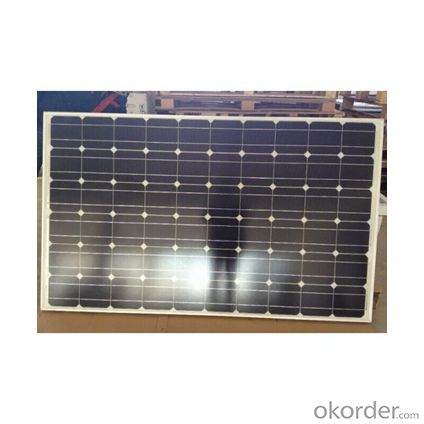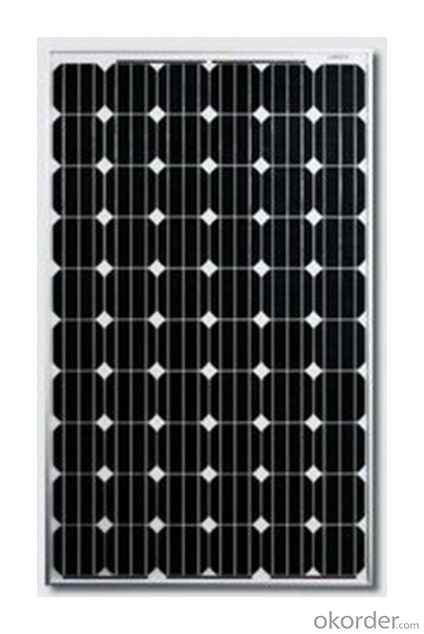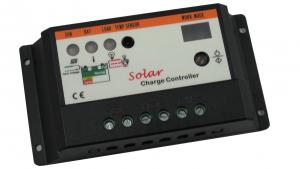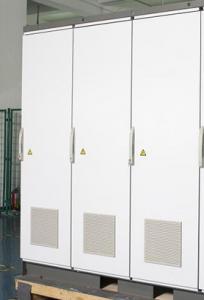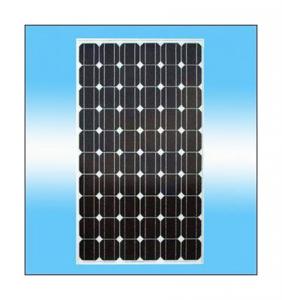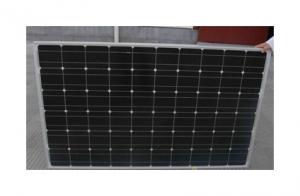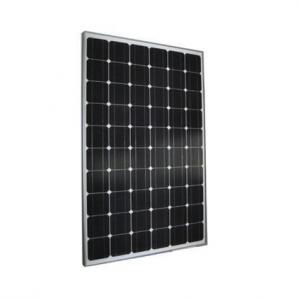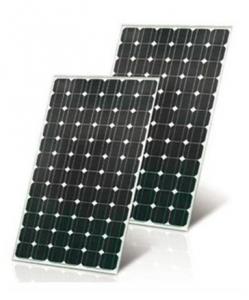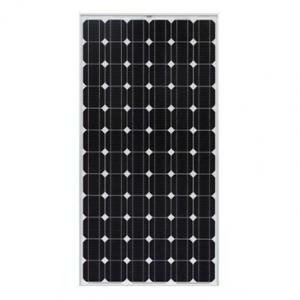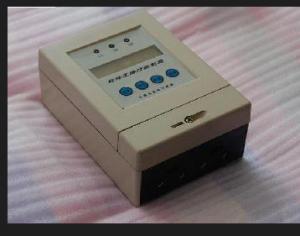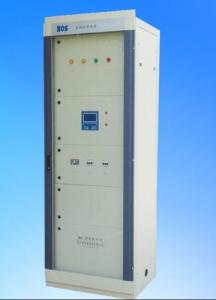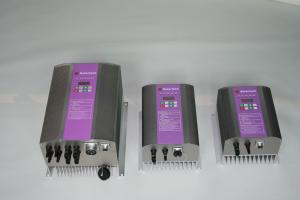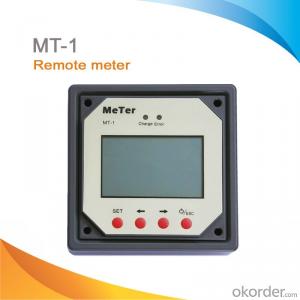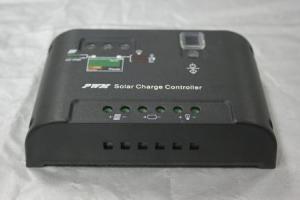Best Solar Energy Controllers - Solar Module Mono-Crystalline 125*125 240W Module
OKorder Service Pledge
OKorder Financial Service
You Might Also Like
A solar panel, or photovoltaic PV module, is a device that is composed of solar cells and which, when struck by photons of light from the sun, generates an electrical current which can then be used to power DC or AC electrical loads.
We are one of the well known manufacturers and suppliers of an extensive range of solar module. Entire range of our products is well checked before offering to the clients to ensure that our products are free from any defect. Our products are delivered within the stipulated time frame. These solar module are available for outdoor applications. Our solar module are designed as per the set industry standards and can be bought at market leading Available with us in various dimensions, these modules are stringently tested under define parameters before the final dispatch by our professional who hold rich industry experience in this domain.
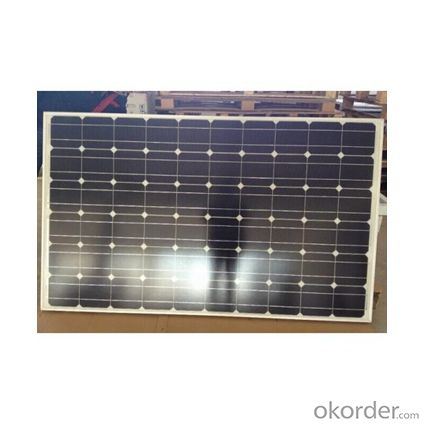
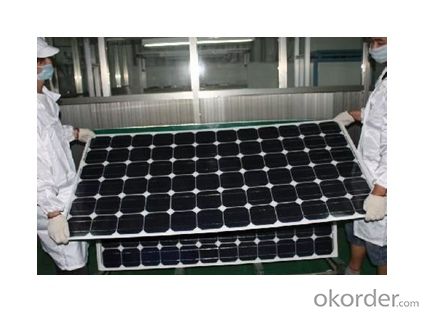

Electrical Characteristics
Max-power (W) | 240 |
Max-Power Voltage (V) | 50.4 |
Max-Power Current (A) | 4.80 |
Open-Circuit Voltage (V) | 60.4 |
Short-Circuit Current (A) | 5.30 |
Mechanical Characteristics
Cable type, Diameter and Length | 4mm2, TUV certified, 1000mm |
Type of Connector | Compatible with MC4 plug |
Arrangement of cells | 6*12 |
Cell Size | 125*125 |
Dimension | 1580*1069*45 |
Weight | 20.5Kg |
Glass, Type and Thickness | High Transmission, Low Iron, Tempered Glass 3.2mm |
Features
Excellent performance under low light environments (mornings evenings and cloudy days)
12 years for product defects in materials and workmanship and 25 years for 80% of warranted minimum power.
Certifications and standards: IEC 61215.
Manufactured according to International Quality and Environment Management System (ISO9001, ISO14100).
FAQ
Q: Do you have any MOQ limit?
Our MOQ is 200 pieces.
Q: How long is the warranty period for the solar modules?
15 years 90% of its nominal power rating.
25 years 80% of its nominal power rating
Q: What kind of loads can I run on PV?
With a correctly designed PV system you can power almost any electrical load. However, as the load size increases the expense also increases. Loads like hot water heaters, air conditioners, room heaters and electric stoves should be avoided. The added cost of trying to power loads like these is very cost prohibitive. If these loads have to be powered it will be a lot less expensive to change the appliance to use an alternative fuel type like propane.
Q: When do I need a charge controller and why?
The safest way to figure out if you need a charge controller is to take Battery Amp Hour Capacity and divide this by the Solar Panel max. power amp rating. If the quotient is above 200, you don't need a controller. If the number is less than 200 than you need a controller.
For example if you have a 100 amp hour battery and a 10 watt panel, you take 100 and divide it by .6 (600mA) and you get 166.6. Since this is less than 200 you need a charge controller. If you have a five-watt panel in the above example you take 100 divided by .3 (300mA) and you come up with 333.3. Since this is larger than 200 you do not need a charge controller. However you still need a blocking diode, to prevent the battery from discharging to the panel at night. So as a general rule of thumb you don't need a charge controller unless you have more than five watts of solar for every 100-amp hours of battery capacity.
Q: What is PV & how does it work?
PV stands for photovoltaic. Photo = Light and Voltaic = Electricity. A solar cell converts light to electricity.
A solar cell is made of silicon. Computer chips are made of this same material. Basically, when light strikes the surface of a solar cell some of it is absorbed into the silicon. This light energy bumps the electrons loose and causes energy to flow.
By packaging approximately 36 solar cells together a solar panel or a solar module is created. When you have more then one solar panels you create a solar array.
- Q: Can a solar controller be used in a solar-powered cooling system?
- Yes, a solar controller can be used in a solar-powered cooling system. A solar controller is responsible for regulating the charge of the batteries in a solar power system, and in a solar-powered cooling system, it can help control the power supply to the cooling components. This ensures efficient use of solar energy and proper functioning of the cooling system.
- Q: Can a solar controller be used in a solar-powered lighting system?
- Yes, a solar controller can be used in a solar-powered lighting system. A solar controller regulates the flow of power from the solar panels to the batteries, ensuring efficient charging and preventing overcharging. It also manages the power output to the lighting system, optimizing energy usage and extending battery life.
- Q: Can a solar controller be used with solar-powered indoor educational systems?
- Yes, a solar controller can be used with solar-powered indoor educational systems. A solar controller helps regulate and optimize the charging and discharging of batteries in a solar system, ensuring proper utilization of solar power. Whether the educational system is located indoors or outdoors, a solar controller can effectively manage the flow of solar energy and maintain the batteries' health and longevity.
- Q: How does a solar controller handle variations in solar panel current?
- A solar controller handles variations in solar panel current by regulating and optimizing the flow of electricity from the solar panels to the batteries or electrical loads. It constantly monitors the current output of the solar panels and adjusts the voltage and current accordingly to ensure efficient charging and prevent overcharging or damage to the batteries. The controller uses various control mechanisms like pulse width modulation (PWM) or maximum power point tracking (MPPT) to maintain a steady and optimal flow of current, even when there are fluctuations in solar panel output due to factors like shading, temperature changes, or varying sunlight intensity.
- Q: How does a solar controller handle fluctuations in solar panel output?
- A solar controller manages fluctuations in solar panel output by continuously monitoring the generated voltage and current. It regulates the flow of energy from the solar panels to the battery or grid to ensure a stable and consistent power supply. The controller adjusts the charging parameters, such as voltage and current levels, to match the changing output of the solar panels, ensuring efficient energy transfer and preventing damage to the battery system.
- Q: Which is more efficient: PWM solar controller or MPPT solar controller?
- The MPPT (Maximum Power Point Tracking) solar controller is more efficient compared to the PWM (Pulse Width Modulation) solar controller. MPPT controllers are designed to optimize the solar panel's output by constantly tracking and adjusting the operating point to maximize power production. This results in higher efficiency and better utilization of the available solar energy. In contrast, PWM controllers regulate the charging process by switching the solar panel output on and off, which can lead to some energy loss and reduced efficiency.
- Q: How does a solar controller prevent overvoltage in the system?
- A solar controller prevents overvoltage in a system by continuously monitoring the voltage levels of the solar panels. It regulates the charging process by adjusting the current flow to the batteries, ensuring that the voltage remains within a safe range. If the voltage exceeds the set limit, the solar controller will limit the current or cut off the charging process altogether, preventing any potential damage to the system.
- Q: How do you prevent overheating of a solar controller?
- To prevent overheating of a solar controller, it is important to ensure proper ventilation and airflow around the controller. This can be achieved by placing the controller in a well-ventilated area with sufficient space around it. Additionally, avoiding direct sunlight exposure and installing the controller in a shaded location can also help prevent overheating.
- Q: How does a solar controller handle the logging of system data?
- A solar controller handles the logging of system data by continuously monitoring and recording various parameters such as solar panel voltage, battery voltage, charging current, load current, and temperature. It stores this data in its memory or an external storage device, allowing users to access and analyze the information for system performance evaluation and troubleshooting purposes.
- Q: Solar controller red light flashing
- Solar controller flashing red light according to the different brands of the representative of the meaning of the controller are not the same, but in general terms, the red light flashing a saying that the battery is charging the battery is expressed as a red light flashing, green , The yellow light does not shine; another kind is the battery high pressure state or battery low voltage state that is red light flashing, green light does not light, hope to help you
Send your message to us
Best Solar Energy Controllers - Solar Module Mono-Crystalline 125*125 240W Module
OKorder Service Pledge
OKorder Financial Service
Similar products
Hot products
Hot Searches
Related keywords
